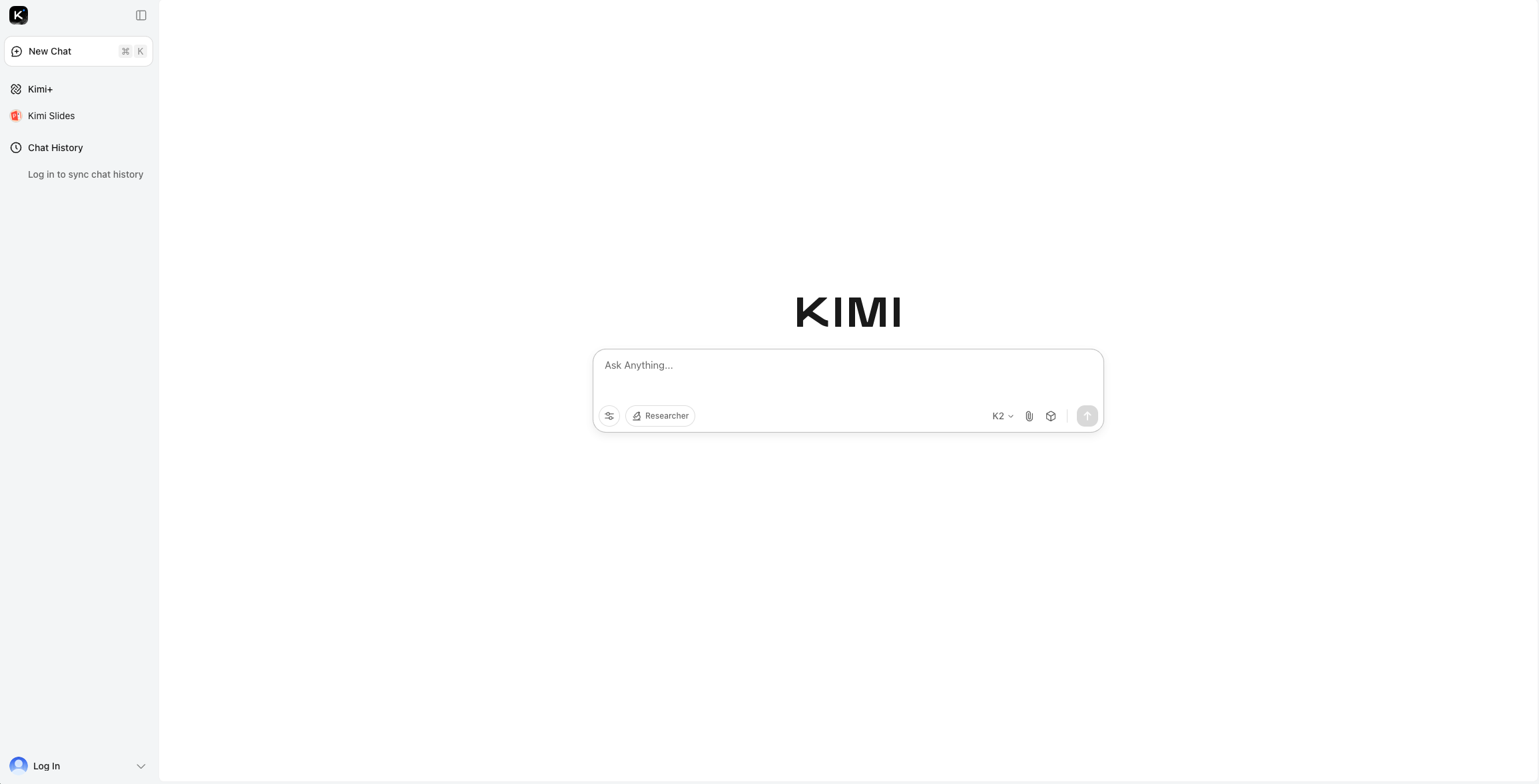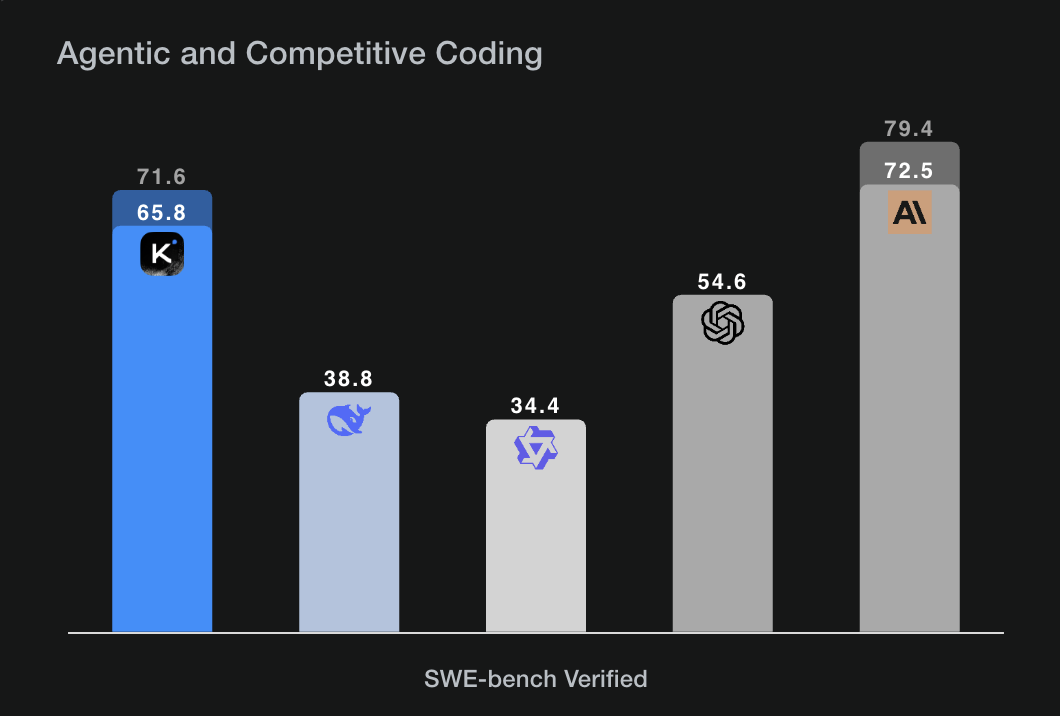Remember when DeepSeek dropped and everyone collectively gasped? Well, if you were expecting a similar shockwave with Beijing-based Moonshot AI’s latest open-source reasoning model, Kimi K2 Thinking, you might be feeling a bit… underwhelmed by the drama. And that is precisely the point. The “Deepseek moment” isn’t a moment anymore; it’s just how China rolls.

Moonshot AI, one of China’s “AI Tigers,” just unleashed Kimi K2 Thinking, and it’s already making waves. This isn’t just some run-of-the-mill update; it’s a beast that has clawed its way to second place in Artificial Analysis’ intelligence index, only trailing behind OpenAI’s GPT-5. Forget the hype around Deepseek, Alibaba Group Holding Ltd.’s offerings, X.AI, or even Anthropic—Kimi K2 Thinking is now leading the charge among open-weight models, outperforming many on critical benchmarks like reading comprehension and agentic tasks.
With a mind-boggling one trillion parameters (though only 32 billion activate per inference for maximum efficiency) and a massive 256,000-token context window, Kimi K2 is built for complex, multi-step reasoning. We’re talking about executing 200-300 sequential tool calls autonomously, making it a serious player for actual, real-world applications.

What’s truly wild? The estimated training cost for Kimi K2 Thinking was around $4.6 million—a fraction of what its Western counterparts likely shelled out. This efficiency isn’t an anomaly; it’s a testament to a rapidly evolving Chinese AI ecosystem that’s proving you don’t need a limitless budget to innovate at the cutting edge.
This rapid-fire innovation, with major models dropping every two to three months from China’s six major AI labs, signals a profound shift. The global tech scene isn’t just watching China anymore. There’s an expectation that China is already sprinting ahead with smaller, agile AI companies. The “Deepseek moment” has transitioned from a surprising upset to a predictable pattern. It means less capital investment for comparable capabilities, more accessible open-source options, and a relentless pace that keeps everyone on their toes.

For us, the digital natives, this translates to a world where AI advancements come faster, potentially cheaper, and from more diverse corners of the globe. The era of a single dominant AI superpower might be over. It’s clearer now than ever before that China is setting the new rhythm of innovation for AI. Keep an eye out, though, as the next “Deepseek moment” is probably already in the works.
Cover image via RADII.














